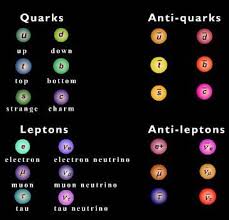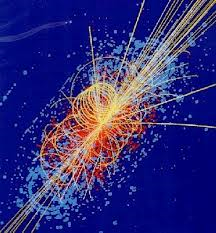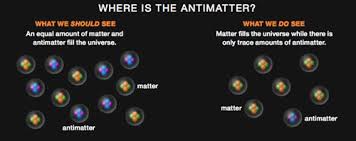Overview
According to the Standard Model of Particle Physics, elementary and composite particles of matter exist. Both elementary and composite particles have corresponding antiparticles, as mirror images with the same masses and opposite charges. They annihilate one another upon contact. The observed universe is composed mostly of matter, with antimatter in small quantities, often produced in high-energy fields such as cosmic rays, radioactive decay, or within particle accelerators.
Positrons and Antiparticles
Physicists described a theory of subatomic particles based upon quantum mechanics and relativity in the late 1920’s. Many of the equations fit the known behavior of electrons, elementary particles of matter with negative charge, orbiting atomic nuclei, and having particular electromagnetic properties. Those equations also fit an unknown type of particle that was identical to the electron’s mass, except that it carried a positive charge and moved backward. Other theoretical antiparticles included a negatively-charged proton, an antineutron, and antineutrinos. Scientists now believe that every particle has a corresponding antiparticle that acts as a mirror image to it. Particles and antiparticles annihilate one another, emitting photons.
Cloud Chambers
Cloud chambers, bubble chambers, and spark chambers are basic particle detectors used in experiments with atomic energy. When different types of particles pass through water vapor or other material, they leave trails that can be captured in photographs or other types of media. Many different particles have been discovered by observing the results of natural radioactive decay, as well as in experiments with particle accelerators such as the Large Hadron Collider.
Antimatter in the Universe
Antimatter has been detected as a result of cosmic rays and high-energy gamma rays. Some of the most recent observations from the International Space Station have detected very small quantities of antimatter in neutron stars, X-ray stars, and other high-energy phenomena. Antimatter particles are difficult to detect, as they appear very similar to matter particles, except for differences in charge.
Why Is There so much Matter?
Scientists have determined that the observable universe consists of mostly matter, as most antimatter was annihilated in collisions shortly after the Big Bang. So far, the only anti-atoms detected have been anti-hydrogen in small quantities. The imbalance of matter and antimatter is one of the great unsolved problems of physics.
Interested in science tutoring services? Learn more about how we are assisting thousands of students each academic year.
SchoolTutoring Academy is the premier educational services company for K-12 and college students. We offer tutoring programs for students in K-12, AP classes, and college. To learn more about how we help parents and students in College Park, MD: visit Tutoring in College Park, MD




